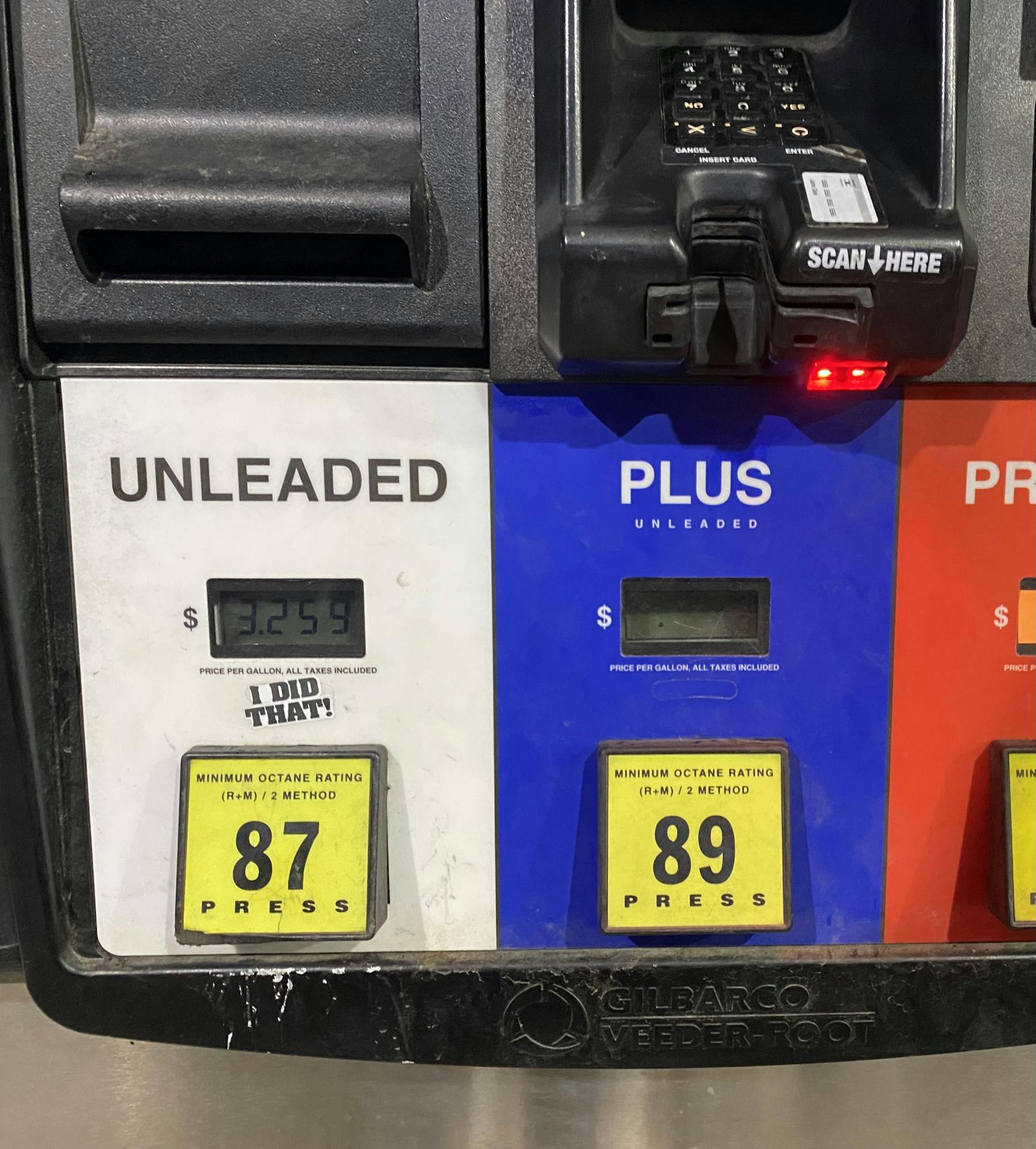Many factors are contributing to the current increase in prices of cars, oil, gas and other products and services. One factor that had a ripple effect was a lack of spending money.
“The economy is pretty complex, kind of like a spider web,” Michigan State University economics professor Charles Ballard said. “If you touch a spider web over here, the whole thing shakes.”
Back in 2020 and 2021, people received stimulus checks when they could not the spend the money on things like traveling or leisure activities due to the pandemic, Ballard said.
That contributed to an upward pressure on prices, which calculates to a 7% increase over the last year, according to the Consumer Price Index.
Demand for products was high for a long time, but the U.S. and China were able to keep up with production, Ballard said.
“COVID disrupted that,” Ballard said. “Big businesses have become very adept at building these long complicated supply chains, where you've got one component made in Vietnam, and that is combined with a component made in Malaysia, and that combines with something in China, and then it gets sent to the US.”
Ballard said those long supply chains are good so long as everything goes smoothly, but if one gets interrupted, problems may arise.
“That’s why we saw a combination of very strong demand with a supply chain that wasn't able to keep up,” Ballard said. “That's why we've seen both empty shelves at the grocery store for some things … or if it's on the shelf, but the price is higher.”
It is evident from the government’s actions that supply chain is being treated too simplistically, supply chain professor at MSU Steven Melnyk said. Effective supply chain management is driven by correcting short-term problems and preventing long-term issues.
“Governments look at issues from a symptomatic perspective and attack the symptoms,” Melnyk said. “If you want to really deal with it you have to understand what's really going on underneath the hood and manage that.”
One of the issues at the root of the supply chain problems is a lack of labor. Data from the Bureau of Labor Statistics shows about 260,000 Michiganders were unemployed in December 2021.
Worker shortages are forcing some companies to raise wages and benefits to incentive people to work. To offset the costs for paying workers more, the price for products and services increase, leading to inflation.
For example, in East Lansing, there are open full-time job positions at Panera Bread, Chipotle and Panda Express, and these companies are offering health and dental insurance as benefits to employees.
According to labor statistics, there were 10.9 million jobs available in America in December 2021.
Melnyk said that labor shortages may be temporary, but it depends on when the millennials return to work.
“Some of these people have been burnt out by jobs, best seen in industries like health care,” Melnyk said. “Suppliers are having burnout because they’re being asked to jump through hoops.”
Another contributor to labor shortages is the death of baby boomers because of COVID-19, as well as retirement. In 2021, Ingham County residents between the ages of 60 and 69 made up 20% of the deaths from COVID-19, and people aged 70 to 79 made up 24%.
Ingham County’s COVID-19 update shows that in November 2021, unvaccinated people were 3.6 times more likely to get COVID-19 and 10.9 times more likely to die from it.
Ballard said those deaths were avoidable. “If everyone had gotten vaccinated, not only would we have avoided those deaths, but we would’ve avoided the disruption that’s happening to the economy,” Ballard said.
Support student media!
Please consider donating to The State News and help fund the future of journalism.
Discussion
Share and discuss “What's going on with inflation, and why is it happening now? MSU experts respond” on social media.




